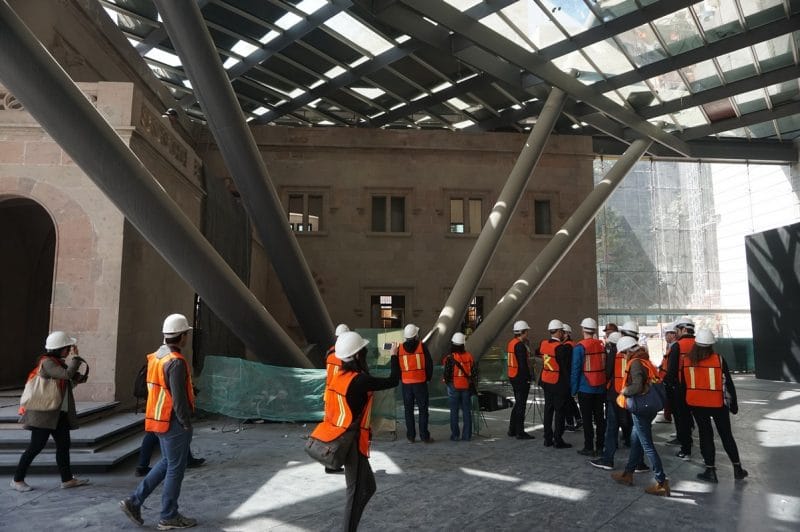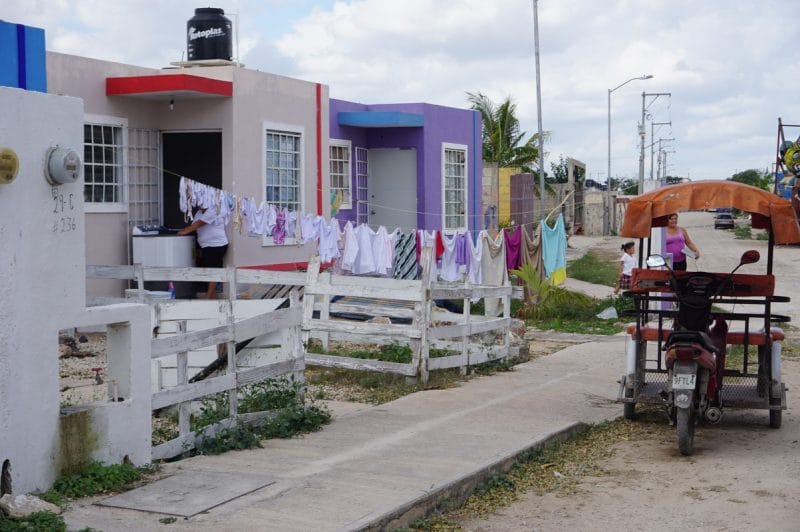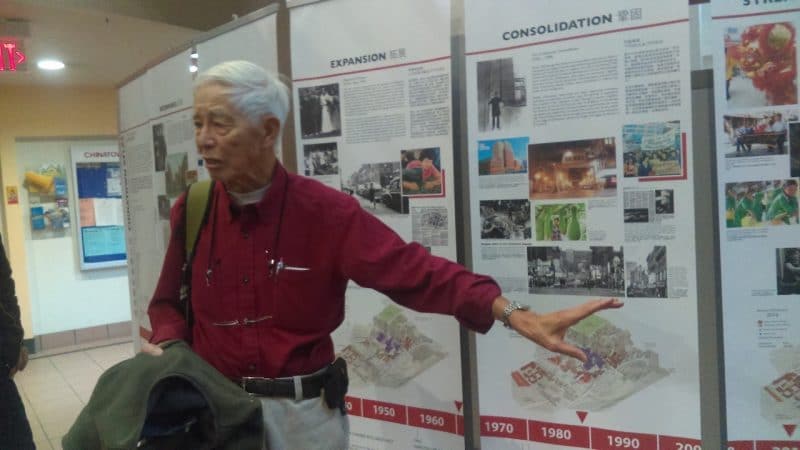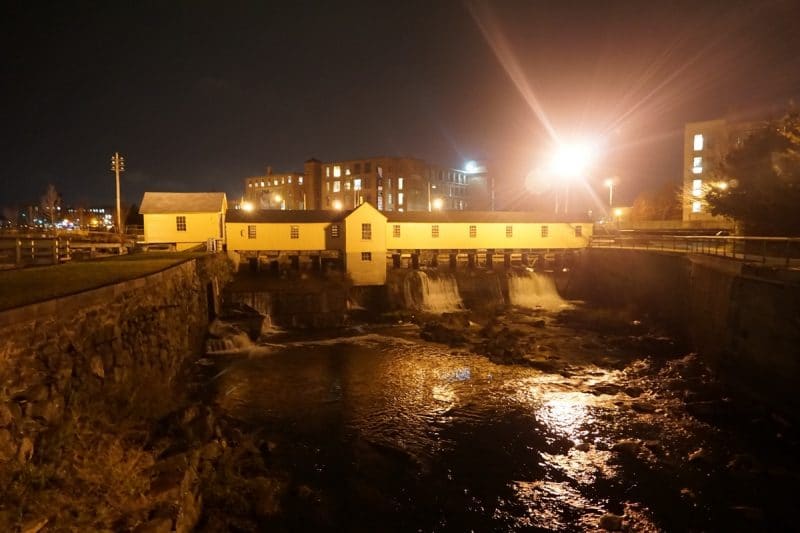
The Loeb Fellowship is for accomplished professionals from a variety of fields – civic leaders, journalists, architects, urban planners, policymakers, and artists, among others – who want to make the world a better place for all. The fellowship provides a scintillating mix of academia and hands-on practice. During the one-year program, fellows audit courses at the Harvard Graduate School of Design while following their own individual work plan. In addition, fellows create symposia or exhibitions, enjoy weekly seminars and dinners, and participate in lectures and conferences. There are extensive networking opportunities and two study tour trips – one in continental North America and one abroad. A generous stipend is provided in addition to housing and travel costs.
We talked to Liliana Cazacu, a 2016 Loeb Fellow from Romania, to learn more about the fellowship and get some tips for preparing an application.
1. What inspired you to apply for the Loeb Fellowship?
Part of my work as a preservation architect working as a consultant is to identify problems and to transform them into projects to find the needed solutions. During one of my projects, I was fortunate to meet an expert who is also a Loeb Fellow. She told me about the fellowship and its general objectives. I found it really interesting, but I wasn’t first convinced that it was something I wanted to pursue next. Only after talking to her and getting answers to my questions did I realize that the fellowship would offer me the time, the resources, and the freedom to deepen and broaden my knowledge in a way that would also allow me to tinker and even to switch the direction in how I do my work. As an example, I was interested for a long time about ways of inserting new technologies into architectural preservation. How to pair the very physical repairing work of a building with the digital world? I hoped (as it happened) to be exposed at Harvard to people with backgrounds very different from mine, so that I could find new inspiration and ideas. It’s not easy to translate the things I’ve learned there into the daily work in Romania. It’s a challenge that keeps me on my toes and it’s a good thing.

2. What is a typical week like for a Loeb Fellow?
The weeks get very busy really quickly. Harvard by itself provides endless opportunities for learning, networking and entertaining. The fellowship curates the whole experience by requiring weekly seminars to be organized by the fellows based on their interests, passions, or curiosities. Guest speakers may be invited to these seminars, or the fellows might meet among themselves and learn from each other. The fellows are all practitioners with great expertise and come from very different areas and communities. Thus, the exchanges that happen during the seminars not only open minds, but also often provide the groundwork for future cooperation projects. Inviting guests to dinner provides another great opportunity for learning, debate and exchange of ideas. It’s amazing to have informal discussion over delicious meal with people like, let’s say, Michael Pollan!
A very rewarding experience is the interaction with the academic world at Harvard. The fellows may audit classes at the other schools within the university and sometimes at MIT as well. The fellowship functions within the Graduate School of Design, and this is where the fellows may serve as resources for the students by teaching seminars, acting as a guest jury for the reviews, organizing events (conferences, symposiums), and developing projects within the school. Moreover, there is one international trip for the fellows and it’s always connected with one of the student’s studios. The Loebs can bring their hands-on experience to the topic that is being studied.
I think that this fantastic combination between academia and practice add tremendous value to the fellowship and makes it quite unique.

3. What tips would you give others applying to the Loeb Fellowship?
The application is quite straightforward. There is a set of questions one has to answer, and three references are required. After a successful first round, the candidate is invited to a series of interviews. Depending on the location of the parties, the interviews are conducted in person or online.
What makes an application to stand out, I believe, is the candidate’s capacity to explain how his/her work has a positive impact on the built environment while being socially conscious. The selection committee is very diverse and its members serve for a limited time, which makes the whole process a dynamic endeavour. Thus, each class can be very different from the previous and next one.

Liliana Cazacu, a Romanian architect and consultant, works to preserve local landmarks while building community resilience in the face of challenging demographic changes. She has witnessed the distorted relation of the Romanians with their built heritage and how this affects the way people live, and she works towards improvement by developing strategies, repairing historic buildings, teaching and studying.
Interested in applying? Bookmark the Loeb Fellowship your ProFellow account.
© Victoria Johnson 2018, all rights reserved